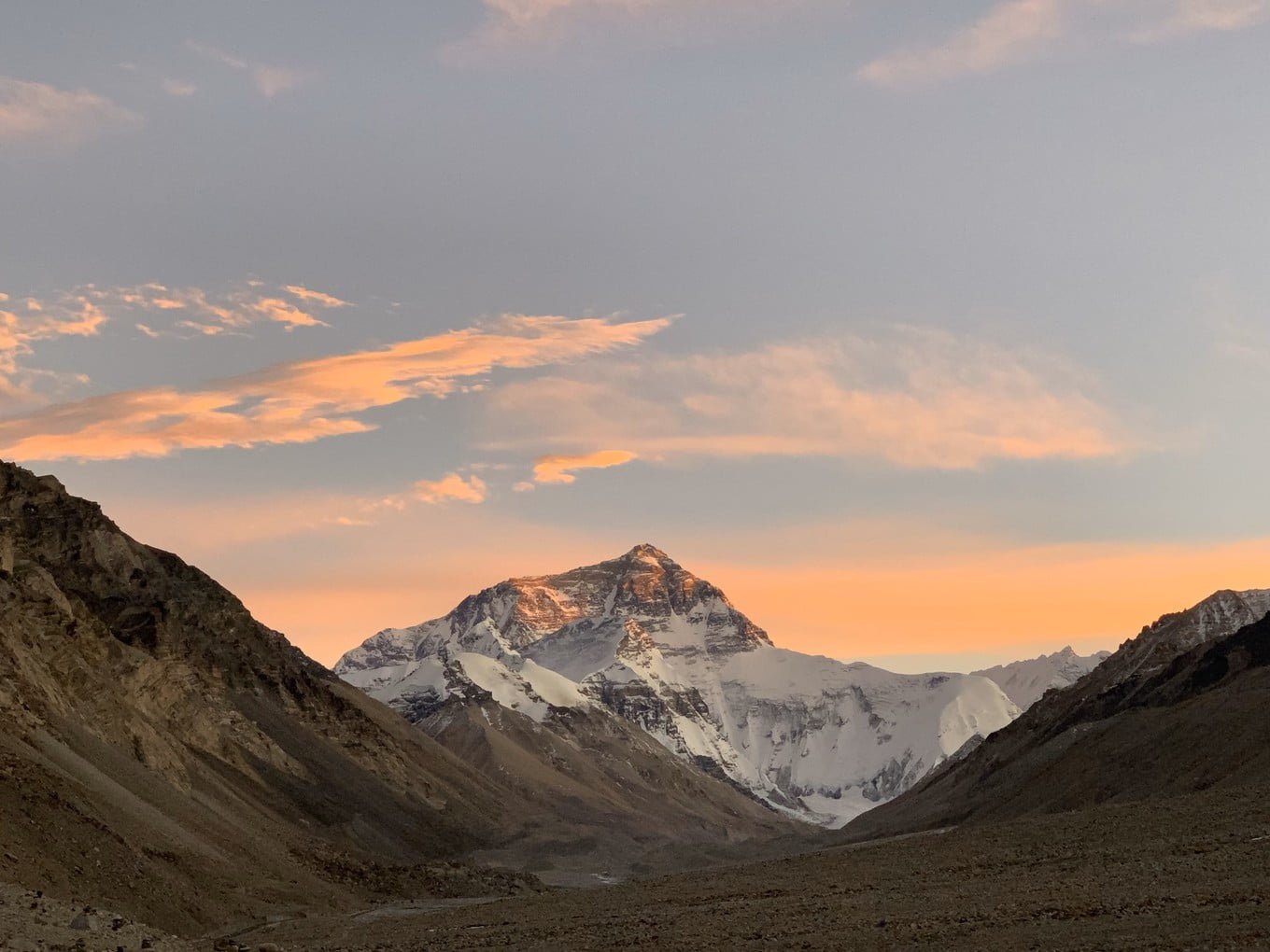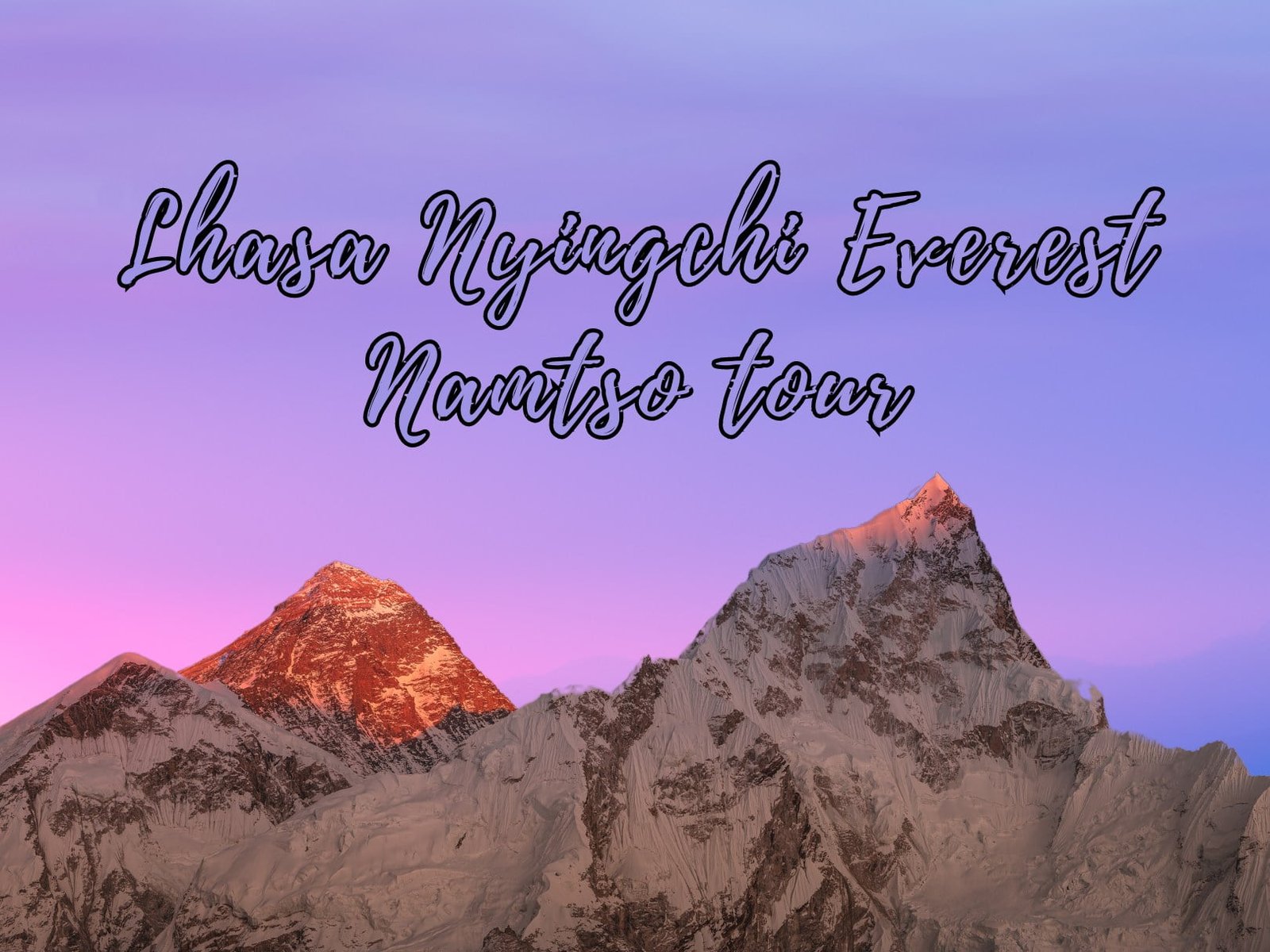The Fifth Dalai Lama (1617-1682) died in 1682. Only the desi Sanggyé Gyatso (1653-1705), and a few of the innermost circle of the fifth Dalai Lama’s attendants knew about this event, while the monastic and lay populace of Tibet remained unaware for over a decade, believing that the fifth Dalai Lama was still alive. After thirteen years, the sad news of the death of the fifth Dalai Lama was announced, along with the good news of his reincarnation, Tsangyang Gyatso (1683-1706), who was born thirteen years earlier. This is known as “melodious news.” At that time, the monks and laypeople of Tibet felt that Desi Sanggyé Gyatso alone bore the burden of the knowledge of the passing of the fifth Dalai Lama, and for the general populace, it was like experiencing dawn without going through the darkness of night.
Secret book of Desi Sangye Gyatso
Desi Sanggyé Gyatso bore and revealed this historical secret. He wrote about these events in “The Story About Fifth to Sixth Dalai Lama”. There are three written versions of this story. Desi Sanggyé Gyatso is a rare figure in Tibetan history, excelling in both politics and scholarship. His writings encompass various subjects such as astrology (Bekar and Bekar Yasel), the religious history of the Gelukpa (Beser), Tibetan medicine (Bengön), laws and rules (Trimyik Dangshel Melong), and an additional volume of the Great Fifth’s autobiography titled Dukulé Khakong Poti.
While the woodblocks for “The Story About the Change from Fifth to Sixth” were available in Tibet, they remained largely unknown to scholars. It raises curiosity about other undiscovered works by Desi Sanggyé Gyatso. “Secrecy” best describes the essence of this 182-page text. The news of the fifth Dalai Lama’s death became public on the day of the sixth Dalai Lama’s enthronement, without any explanation or details about what had transpired.
Motivation behind the books
Scholars have speculated on Desi Sanggyé Gyatso’s motivation; however, one must ultimately look to the individual behind the scheme to provide the reason and means for his actions. Desi Sanggyé Gyatso wrote [The Story about the Change from Fifth to Sixth] to explain the importance of keeping the death of the Fifth Dalai Lama a secret and how he managed to hide such a significant event. Not only was the general public unaware, but even Desi Sanggyé Gyatso’s family members were uninformed.
Afraid of his wife and family detecting his sorrow, he feigned a relapse of his recent ailment. He justified any unusual conduct as symptoms of his sickness. He frequently visited hot springs, disguising it as treatment, citing heavy breathing and tears as consequences of the hot water.
“The Story About the Change from Fifth to Sixth”
This book is written in verse and prose, following the stylistic example of earlier Tibetan scholars like the Great Fifth Dalai Lama, as seen in his renowned work, “Depter Chid kyi Gyelmö Luyang”, a political history of Tibet written in this same combination style. The text of “The Story about the Change from Fifth to Sixth” contains 176 verses in different styles and forms. Desi Sanggyé Gyatso emulates famous scholars such as Rinpungpa Ngakwang Jidrak and the Great Fifth by composing verses in various poetic forms, as outlined in The Mirror of Poetry (Nyenngak Melong), and providing notes to identify the style. Additionally, Desi Sanggyé Gyatso offers explanations of difficult terms in this text.
Using quotations and comments to support writing can enhance its scholarly tone. Desi Sanggyé Gyatso extensively comments in “The Story about the Change from Fifth to Sixth”. Some parts of the book present the author’s point followed by pages of quotes and commentary. This requires the reader to go back and revisit the original reference. Although we may not approach texts as past scholars did with faith and patience, readers must still be patient with this material.
Recent Findings in Old Books
The sixth Dalai Lama, Tsangyang Gyatso, was born near Mön Tawang Monastery in Arunachal Pradesh, India. Rikya Laö Rinpoché, currently researching at the University of Higher Tibetan Studies in Varanasi, provides a comprehensive commentary on the book’s main content and presents his findings on the sixth Dalai Lama. Previously unseen images are published here for the first time, including the youthful head print of the sixth Dalai Lama and another with words supposedly written by him in stone: “The Lama Khyeno” or “The Lama Knows.”
Desi Sanggyé Gyatso extensively covers the recognition and enthronement of the sixth Dalai Lama in his biography of the early life of the sixth Dalai Lama, known as Dukula’i Khakong or Sergi Snyima. Published in 1989 by the Tibet Autonomous Region Peoples Publishing House, this 881-page work lacks information on the secret. Therefore, the new publication of “The Story about the Change from Fifth the Sixth” is a valuable addition to Desi Sanggyé Gyatso’s existing texts.






